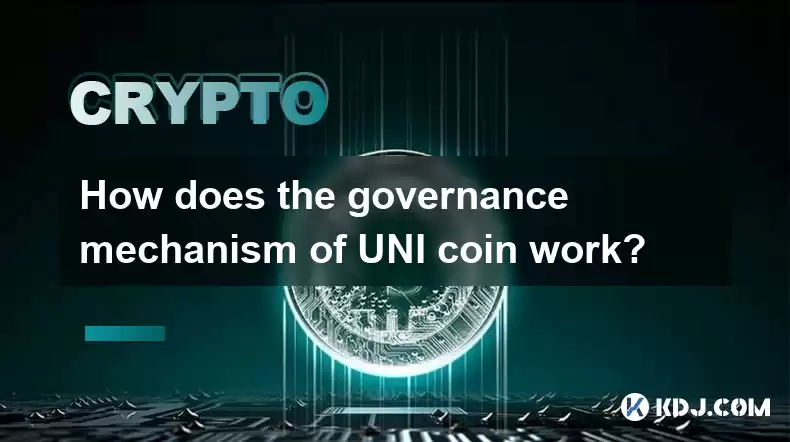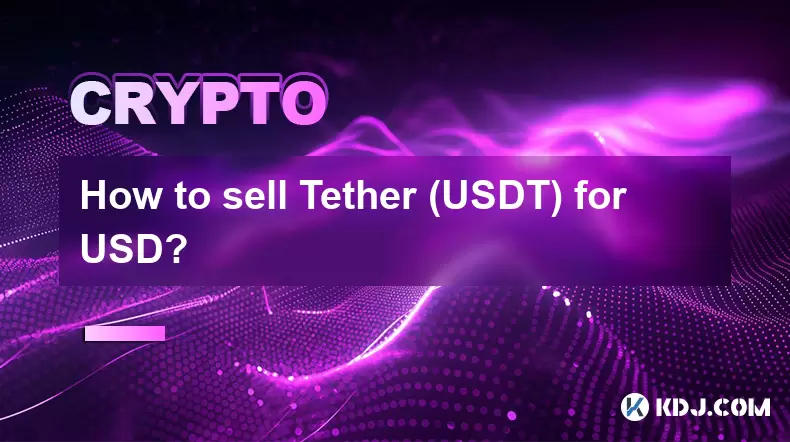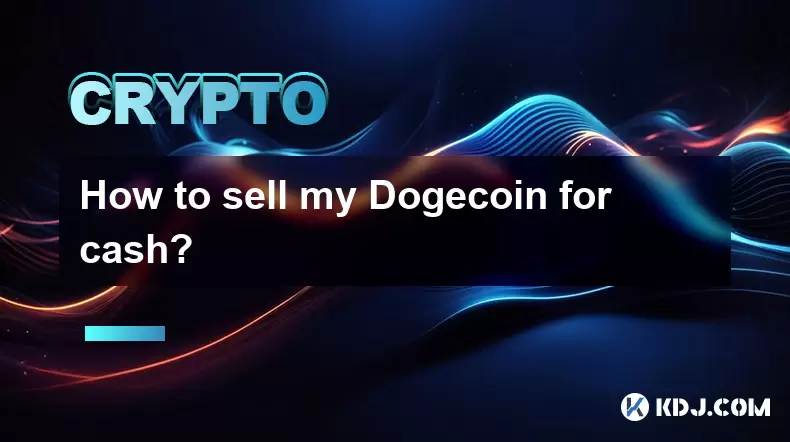-
 Bitcoin
Bitcoin $115100
1.27% -
 Ethereum
Ethereum $3675
2.71% -
 XRP
XRP $2.995
1.45% -
 Tether USDt
Tether USDt $1.000
0.02% -
 BNB
BNB $769.8
2.64% -
 Solana
Solana $168.0
3.25% -
 USDC
USDC $0.9999
-0.01% -
 TRON
TRON $0.3371
1.48% -
 Dogecoin
Dogecoin $0.2051
3.36% -
 Cardano
Cardano $0.7394
2.30% -
 Hyperliquid
Hyperliquid $38.15
0.42% -
 Stellar
Stellar $0.3966
-0.36% -
 Sui
Sui $3.486
2.93% -
 Chainlink
Chainlink $16.72
2.52% -
 Bitcoin Cash
Bitcoin Cash $568.0
4.36% -
 Hedera
Hedera $0.2440
2.59% -
 Ethena USDe
Ethena USDe $1.001
0.04% -
 Avalanche
Avalanche $22.16
2.06% -
 Litecoin
Litecoin $119.1
-0.73% -
 UNUS SED LEO
UNUS SED LEO $8.991
0.04% -
 Toncoin
Toncoin $3.232
-0.39% -
 Shiba Inu
Shiba Inu $0.00001233
2.82% -
 Uniswap
Uniswap $9.717
2.53% -
 Polkadot
Polkadot $3.664
1.85% -
 Dai
Dai $1.000
0.01% -
 Monero
Monero $281.2
-3.89% -
 Bitget Token
Bitget Token $4.350
1.55% -
 Cronos
Cronos $0.1428
5.07% -
 Pepe
Pepe $0.00001050
3.68% -
 Aave
Aave $262.3
3.54%
How does the governance mechanism of UNI coin work?
UNI holders govern Uniswap, voting on protocol changes proportionally to their UNI holdings. Snapshot facilitates off-chain voting, increasing accessibility, while proposals range from UI tweaks to major upgrades, fostering a decentralized community.
Mar 15, 2025 at 09:25 am

Key Points:
- UNI governance operates through UNI token holders, allowing them to propose and vote on changes to the Uniswap protocol.
- Voting power is directly proportional to the number of UNI tokens held.
- Proposals range from minor UI/UX tweaks to significant protocol upgrades.
- Governance fosters community participation and decentralization.
- Snapshot voting allows for off-chain voting, improving efficiency and accessibility.
- There are various ways to participate in UNI governance, including directly voting, delegating your votes, or using governance tools.
How Does the Governance Mechanism of UNI Coin Work?
Uniswap, a decentralized exchange (DEX) on the Ethereum blockchain, utilizes its native token, UNI, to facilitate its governance mechanism. This system empowers UNI holders to actively shape the future of the protocol. The core principle is straightforward: more UNI tokens equate to more voting power. This direct correlation ensures a democratic approach where larger stakeholders have a proportionally larger influence on decision-making.
The process of proposing and voting on changes within the Uniswap ecosystem is relatively accessible. Anyone holding UNI can propose governance proposals. These proposals can cover a wide spectrum of modifications, from subtle user interface adjustments to substantial protocol upgrades impacting trading fees, liquidity provision incentives, and even the underlying architecture of Uniswap itself.
Before a proposal goes to a vote, it undergoes a period of community discussion and review. This ensures that potential flaws or unintended consequences are identified and addressed before a decision is made. This collaborative aspect is crucial to the success of the governance mechanism.
The voting process itself is typically conducted using Snapshot, an off-chain voting system. This system enhances the efficiency and accessibility of voting by allowing users to participate without incurring high gas fees associated with on-chain transactions. Snapshot provides a user-friendly interface and facilitates easier participation for a wider range of token holders.
To participate in governance, you need to hold UNI tokens. The more UNI you hold, the more influence you have on the outcome of votes.
There are several ways to participate in UNI governance. The most direct way is to actively participate in the voting process yourself, researching proposals and casting your votes based on your understanding of their implications.
Another approach is delegating your voting power to a trusted entity or individual. This is particularly beneficial for smaller UNI holders who may lack the time or expertise to thoroughly research each proposal. Delegating your votes ensures your tokens contribute to the governance process even if you don't actively participate in every vote.
Several third-party tools and platforms have emerged to simplify and enhance the UNI governance experience. These tools often provide aggregated information about proposals, making it easier to understand the implications of each vote. They also streamline the voting process, making it more accessible to users of all technical skill levels.
The weight of a vote is directly proportional to the number of UNI tokens held. A user with 100 UNI tokens has a proportionally smaller voting power compared to a user holding 10,000 UNI tokens. This weighted voting system ensures that larger stakeholders have a greater influence on the direction of the protocol. This is designed to incentivize long-term commitment and investment in the Uniswap ecosystem.
The governance system is designed to be transparent and accountable. All proposals, votes, and results are publicly recorded on the blockchain, ensuring complete transparency and auditability. This openness helps maintain trust and integrity within the community. This transparency is a key factor in ensuring the continued success of the Uniswap governance mechanism.
The success of Uniswap's governance model relies heavily on the active participation of its community. The more UNI holders engage in the process, the more robust and representative the decision-making process becomes. Encouraging widespread participation is crucial for the long-term health and sustainability of the Uniswap protocol.
Frequently Asked Questions:
Q: How many UNI tokens do I need to participate in governance?
A: You need to hold at least one UNI token to participate in governance. However, the more UNI you hold, the greater your voting power.
Q: What happens if I don't participate in a vote?
A: If you don't vote, your UNI tokens don't contribute to the outcome of that specific proposal. Your voting power remains, however, available for future votes.
Q: Can I delegate my voting rights?
A: Yes, you can delegate your voting rights to a third party. This is often done by delegating to a known entity or individual trusted to represent your interests.
Q: How often are governance proposals made?
A: The frequency of proposals varies. Some periods may see many proposals while others have fewer, depending on community needs and developments within the Uniswap ecosystem.
Q: Where can I find information on current governance proposals?
A: Information on current governance proposals is typically found on the official Uniswap website and various community forums and platforms dedicated to Uniswap governance.
Q: What are the potential risks associated with UNI governance?
A: Potential risks include manipulation by large token holders, poorly designed proposals leading to unintended consequences, and attacks on the governance system itself. However, the transparent nature of the blockchain and the community review process helps mitigate these risks.
Q: Is the UNI governance system truly decentralized?
A: While striving for decentralization, the system is susceptible to the influence of large UNI holders. However, the open nature of the process and community participation help to mitigate the risks of centralization. The goal is to balance the influence of large holders with the collective voice of the wider community.
Disclaimer:info@kdj.com
The information provided is not trading advice. kdj.com does not assume any responsibility for any investments made based on the information provided in this article. Cryptocurrencies are highly volatile and it is highly recommended that you invest with caution after thorough research!
If you believe that the content used on this website infringes your copyright, please contact us immediately (info@kdj.com) and we will delete it promptly.
- HashFlare Founders Face the Music: Jail Time Looms?
- 2025-08-07 14:30:12
- Pepeto's Pounce: Meme Coin Mania Meets Blockchain Infrastructure
- 2025-08-07 15:10:12
- Parataxis, SPAC Merger, and Bitcoin Treasury: A New York Minute on Crypto's Latest Moves
- 2025-08-07 15:30:12
- Toshi on Binance.US: A Memecoin's Big Break
- 2025-08-07 14:30:12
- Bitcoin, SPAC Mergers, and Parataxis: A New Yorker's Take on Crypto's Wall Street Moment
- 2025-08-07 14:50:27
- Bitcoin, Collateral, and Loan Strategies: A New York Minute on the Future of Finance
- 2025-08-07 14:50:27
Related knowledge

How to sell Tether (USDT) for USD?
Aug 07,2025 at 03:29pm
Understanding Tether (USDT) and Its USD ValueTether (USDT) is a stablecoin designed to maintain a 1:1 value ratio with the United States Dollar (USD)....

How to sell my Bitcoincoin for cash?
Aug 07,2025 at 02:14pm
Understanding the Basics of Selling Dogecoin for CashSelling Dogecoin for cash involves converting your DOGE tokens into a fiat currency such as USD, ...

What is Chainlink (LINK)?
Jul 22,2025 at 02:14am
Understanding Chainlink (LINK): The Decentralized Oracle NetworkChainlink is a decentralized oracle network designed to bridge the gap between blockch...

What is Avalanche (AVAX)?
Jul 22,2025 at 08:35am
What is Avalanche (AVAX)?Avalanche (AVAX) is a decentralized, open-source blockchain platform designed to support high-performance decentralized appli...

What is Polkadot (DOT)?
Jul 19,2025 at 06:35pm
Understanding the Basics of Polkadot (DOT)Polkadot (DOT) is a multi-chain network protocol designed to enable different blockchains to transfer messag...

What is Litecoin (LTC)?
Jul 23,2025 at 11:35am
Overview of Litecoin (LTC)Litecoin (LTC) is a peer-to-peer cryptocurrency that was created in 2011 by Charlie Lee, a former Google engineer. It is oft...

How to sell Tether (USDT) for USD?
Aug 07,2025 at 03:29pm
Understanding Tether (USDT) and Its USD ValueTether (USDT) is a stablecoin designed to maintain a 1:1 value ratio with the United States Dollar (USD)....

How to sell my Bitcoincoin for cash?
Aug 07,2025 at 02:14pm
Understanding the Basics of Selling Dogecoin for CashSelling Dogecoin for cash involves converting your DOGE tokens into a fiat currency such as USD, ...

What is Chainlink (LINK)?
Jul 22,2025 at 02:14am
Understanding Chainlink (LINK): The Decentralized Oracle NetworkChainlink is a decentralized oracle network designed to bridge the gap between blockch...

What is Avalanche (AVAX)?
Jul 22,2025 at 08:35am
What is Avalanche (AVAX)?Avalanche (AVAX) is a decentralized, open-source blockchain platform designed to support high-performance decentralized appli...

What is Polkadot (DOT)?
Jul 19,2025 at 06:35pm
Understanding the Basics of Polkadot (DOT)Polkadot (DOT) is a multi-chain network protocol designed to enable different blockchains to transfer messag...

What is Litecoin (LTC)?
Jul 23,2025 at 11:35am
Overview of Litecoin (LTC)Litecoin (LTC) is a peer-to-peer cryptocurrency that was created in 2011 by Charlie Lee, a former Google engineer. It is oft...
See all articles

























































































